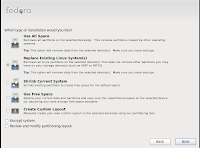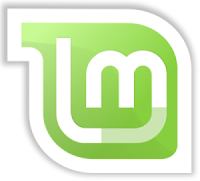In this post lets answer to this question.
What is linux? "I started using linux based operating system from the age of 11. Linux is a wonderful operating system". In simple terms it is an open source version of UNIX like operating system. The chief architect of the linux kernal is
Linus Torvalds. It is developed as a part of the GNU Project. The official mascot of linux is called
Tux which is a penguin. The development of linux became a great step in the development of
open source technology.
The most famous linux based operating systems are Red Hat Linux, Ubuntu, etc. Linux systems have graphical interface. Linux has a reputation as a very efficient and fast-performing system. In today's world most of the servers are linux based. One of the most famous properties of linux operating systems is where it can be used. It can be used from wristwatches to supercomputers.
The
advantages of Linux as a open source product ranges from benefits of creative inputs from people all over the world to efficient security. Another advantage is that it can be tested by anyone and the results of the testing helps in improving the quality of the operating system.These tasks are much more difficult in a closed system like the Microsoft Windows.
Linux based operating systems are entirely different from windows operating system in many aspects. For one, Linux is an open source based operating system. This means the source code of linux is publicaly available for inspection and improvement. This is one of the main differences. Another difference is between the number of versions available. Microsoft is the only company producing windows operating system while there are numerous number of companies like Red Hat, Ubuntu, Debian, etc producing linux operating systems. A person who decides to install linux on his/her computer have a wide range of operating system to choose from.
Linux is an entirely new dimension of operating systems. As i said it is a wonderful operating system. So grab it!
















